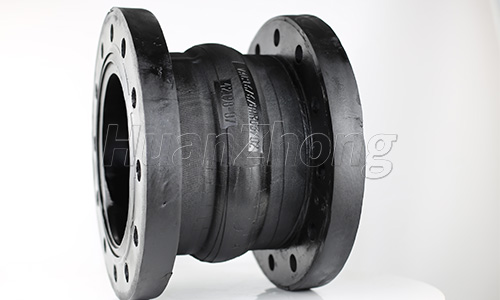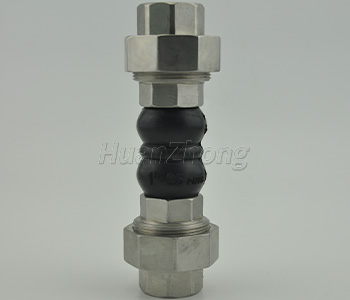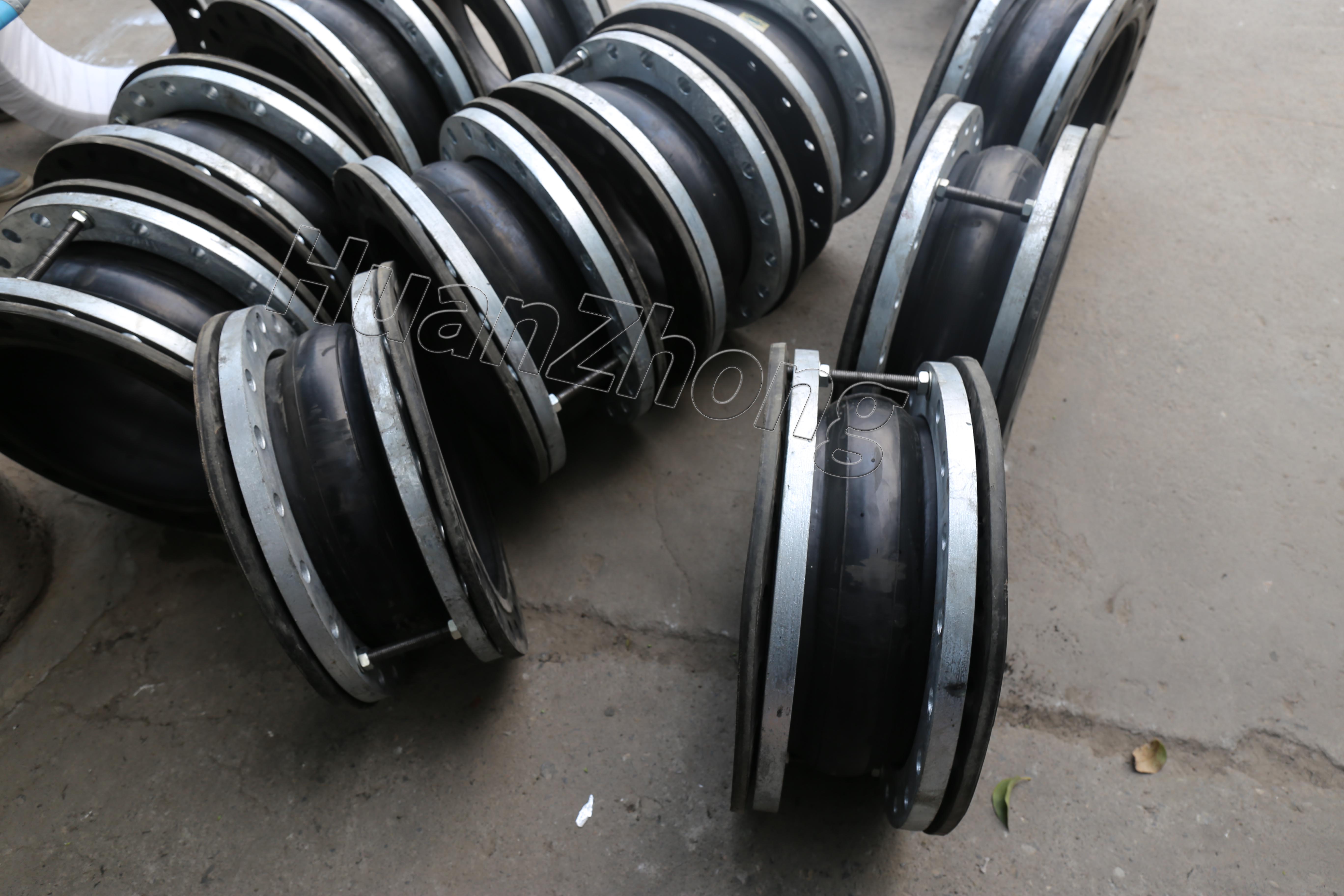What are the requirements of standard rubber flexure rubber joints for the medium?
What are the requirements of standard rubber flexure rubber joints for the medium?
Rubber flexure rubber joints, also known as rubber expansion joints, are commonly used in piping systems to absorb vibration, reduce noise, and compensate for thermal expansion and contraction. These joints provide flexibility and movement, allowing for smooth operation and preventing damage to the piping system. In this essay, we will discuss the requirements of standard rubber flexure rubber joints for the medium they are designed to handle.
Temperature Range: Rubber flexure rubber joints are designed to withstand a specific temperature range. The material used in the joints should have the necessary thermal resistance to handle the highest and lowest temperatures encountered in the system. It is important to select a rubber joint that can maintain its physical properties and flexibility under these temperature extremes.
Pressure Rating: Rubber flexure rubber joints should have a pressure rating suitable for the specific application. The joint should be able to withstand the maximum pressure exerted by the medium without compromising its structural integrity. The pressure rating must be carefully considered to prevent joint failure or leaks that could lead to system disruptions or accidents.
Chemical Compatibility: Rubber flexure rubber joints may come in contact with different mediums, including liquids and gases. It is crucial to ensure that the rubber material used in the joint is chemically compatible with the medium it will be exposed to. Different rubber compounds exhibit varying resistances to different chemicals, so it is important to select a rubber joint that is resistant to the specific medium to avoid degradation or chemical reactions that could impact the joint's performance and lifespan.

Flexibility and Movement: One of the key functions of rubber flexure rubber joints is to provide flexibility and movement in the piping system. The joint should be able to absorb vibration and allow for axial, lateral, and angular movement. It should provide adequate flexibility without restricting the movement of the piping system. The design and construction of the joint, including the number and type of rubber layers, should be optimized to achieve the required flexibility and movement.
Durability and Longevity: Rubber flexure rubber joints should be designed and manufactured to ensure durability and long service life. The joint should be resistant to wear, tear, and fatigue caused by repetitive movement and pressure fluctuations. The material should have good tensile strength, tear resistance, and abrasion resistance to maintain its integrity over time. Additionally, the joint should be able to withstand environmental factors such as UV exposure, ozone, and extreme weather conditions.

In conclusion, standard rubber flexure rubber joints for specific mediums must meet certain requirements to ensure proper functionality and longevity. Temperature range, pressure rating, chemical compatibility, flexibility and movement, as well as durability and longevity are crucial factors to consider when selecting and installing rubber flexure rubber joints. By carefully considering these requirements, engineers can ensure the effective and efficient operation of piping systems while minimizing the risk of joint failure or system disruptions.


